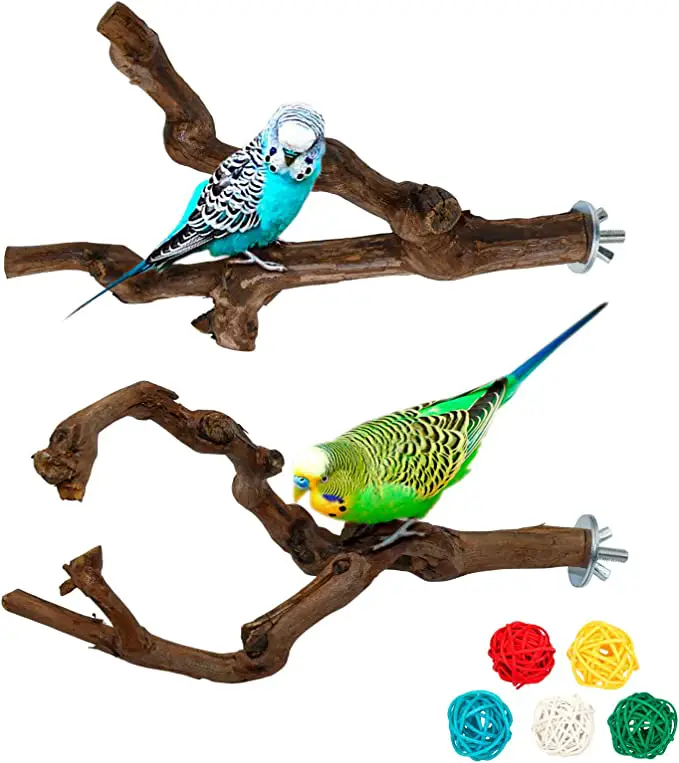Adopting parakeets: Sociable and intelligent, the parakeet is an animal that does not leave you insensitive. But be careful not to let this bird live alone, as it absolutely needs the company of its fellow creatures. Here are all our tips to ensure the well-being of your parakeets.
Depending on the variety, the parakeet comes from Australia, Asia, or Africa. This bird with bright colors and undeniable charm has made a name for itself in homes. And it’s no coincidence because the parakeet is easy to tame and offers real social interaction with its owner. She recognizes you, looks for you, and enjoys coming out of her cage to come to see you.
Unable to live alone (it would be condemning a parakeet to lock it alone in a cage), it is happy in a couple or even in a group if the size of the aviary allows it.
Did you know? The parakeet is a distant cousin of the parrot. They are both parts of the order Psittaciformes.
Type of parakeet
different breeds of parakeets: There are more than sixty kinds of parakeets, the most common of which in pet stores are:
- Budgerigar: the most popular parakeet in pet stores. Its small size makes it possible to be satisfied with a reasonable cage size (provided it is taken out for several hours a day) and its yellow and green feathers smack of exoticism.
- Ring-necked parakeet: much larger, the ring-necked parakeet needs more space and attention. It is a species that, escaped from the cages, and was able to colonize new territories in Europe and therefore adapt to the climate.
- Cockatiel: the one also called the elegant cockatiel, has a crest of feathers on the top of the skull, which it does not hesitate to deploy according to its sensations (like the cockatoo).
Parakeet cage
Adopting parakeets

The parakeet is a very active bird that needs to move and exert itself. Of course, she is not as demanding as the parrot, which requires frequent exits from the cage to walk around or do exercises. But the parakeet still needs to be able to fly in its cage and cling to the bars in order to go up and down.
For a couple of budgies, a cage of 1 mx 1 mx 1 m is a vital minimum in order to allow your birds to evolve freely, spread their wings, and above all be able to move by climbing the bars.
From three pairs, an aviary of 2 mx 1 mx 2 m is highly recommended.
In addition to a cage or aviary large enough for your parakeets, offer them the possibility of flying in your accommodation for a few hours a day (remember to close the windows and draw the curtains to avoid accidents). By working on the relationship you have with your animal, you can even tame your parakeet and make it a “shoulder bird”, like parrots who like to rest on the arm of their master.
Perch for parakeet
Adopting parakeets
Perches are necessary for the cage of your parakeets. You have the choice between plastic or wooden models. Plastic has the advantage of being easy to clean and disinfect. And if the wood has an additional charm, it can not withstand water splashes and droppings in the long term, and your parakeets will take care of planning it. A wooden perch will need to be changed more often.
Prefer models with wavy lines that will recall the random thickness of branches in nature.
Avoid using branches taken from outdoors that could carry germs.
Parakeet feeders
Adopting parakeets
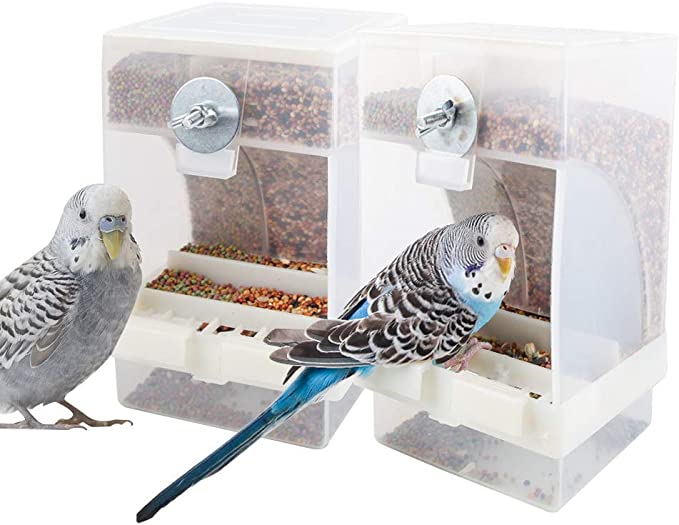
For a couple, there must be at least three feeders :
- one for the seeds;
- one for fresh products (fruits and vegetables);
- a backup in case the female is harmed by the male when eating (put seeds or fresh food in it depending on what it lacks).
Parakeet drinker
There are three types of parakeet waterers:
- Open drinker: it is a simple container. Easier for the animal at first, the water does not stay clear for long, because it is open to excrement and the parakeets will gladly take a bath there.
- Siphon drinker: a small amount of water goes down into a small container each time the animal drinks.
- Ball drinker: the parakeet must suckle the nipple of the drinker to get water out, which thus remains perfectly clean and healthy for the day. If your bird is not used to this type of drinker, install it in addition to an open drinker until he understands how it works.
Parakeet bath
Adopting parakeets
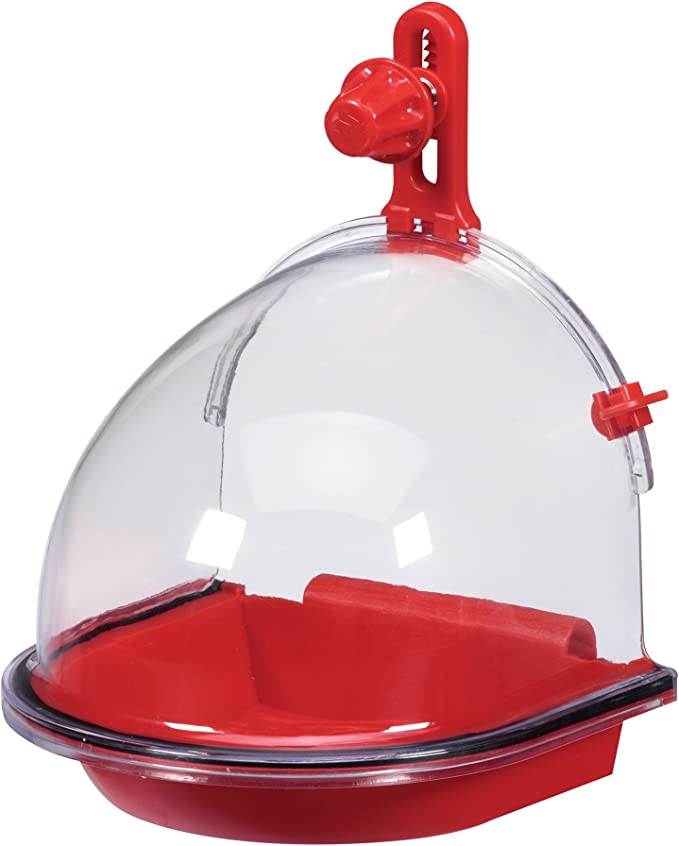
Parakeets love to take baths. Installing a small tub doesn’t have to be an option. Plan a model large enough for your variety of parakeets, and change the water at least once a day.
SOURCE: African Grey Parrot Pet
Parakeet toys
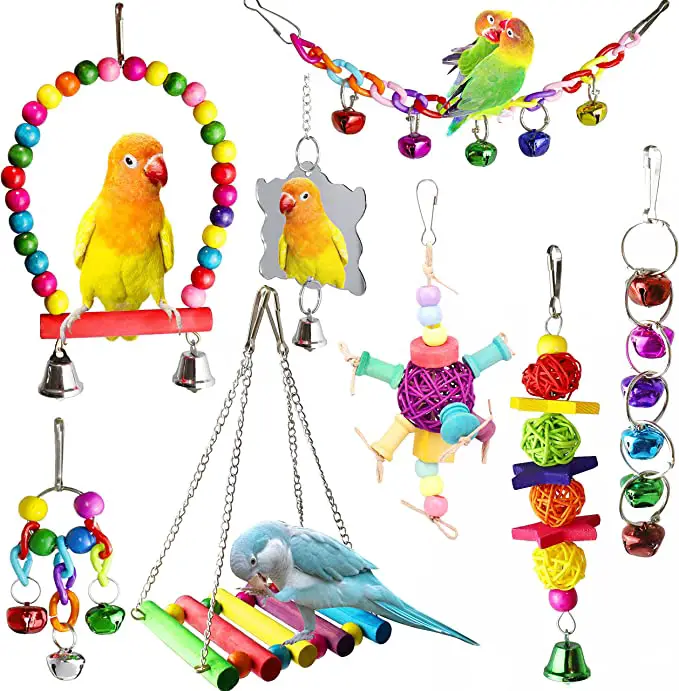
Very playful, parakeets enjoy swinging, hanging on, or pinching with their beaks. So install swings, rings, and toys that will occupy them several times of the day.
It is interesting to have several types of toys to regularly offer something new to your pet.
the parakeet needs a healthy environment for its well-being. Schedule a thorough cleaning of the cage or aviary every week.
Parakeet nest
Adopting parakeets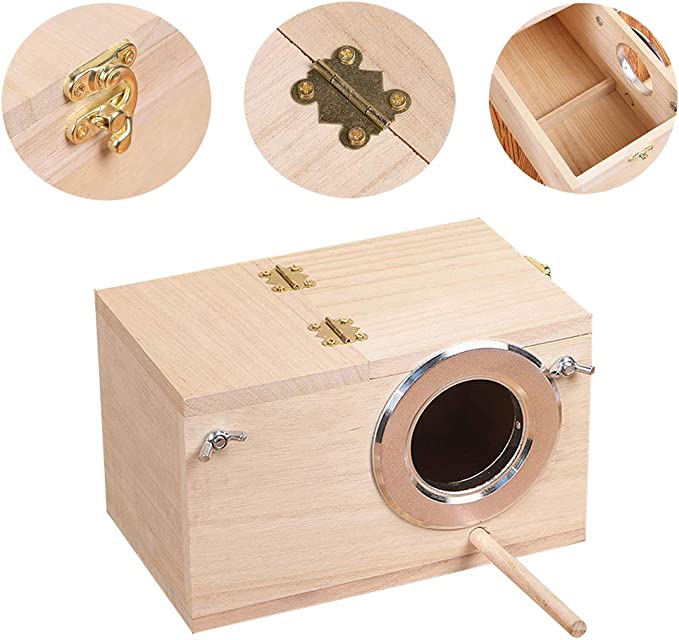
The nest is useful for breeding, but it also allows parakeets to rest or calm down. Provide at least one per couple, favoring a closed wooden nest.
Parakeet food
The base of the parakeet’s diet is made up of seed mixtures of which you can find compositions totally adapted to the well-being of your companion in pet stores.
However, a supplement of fresh fruits and vegetables is essential for the health of your animal. Parakeets will particularly appreciate carrots, endives, turnips, apples, or even pears.
Budgies will also love melons and radishes while cockatiels will feast on watermelons and dandelions. Finally, the ring-necked parakeets, of their African origins, have not forgotten their preferences for mango and guava.


